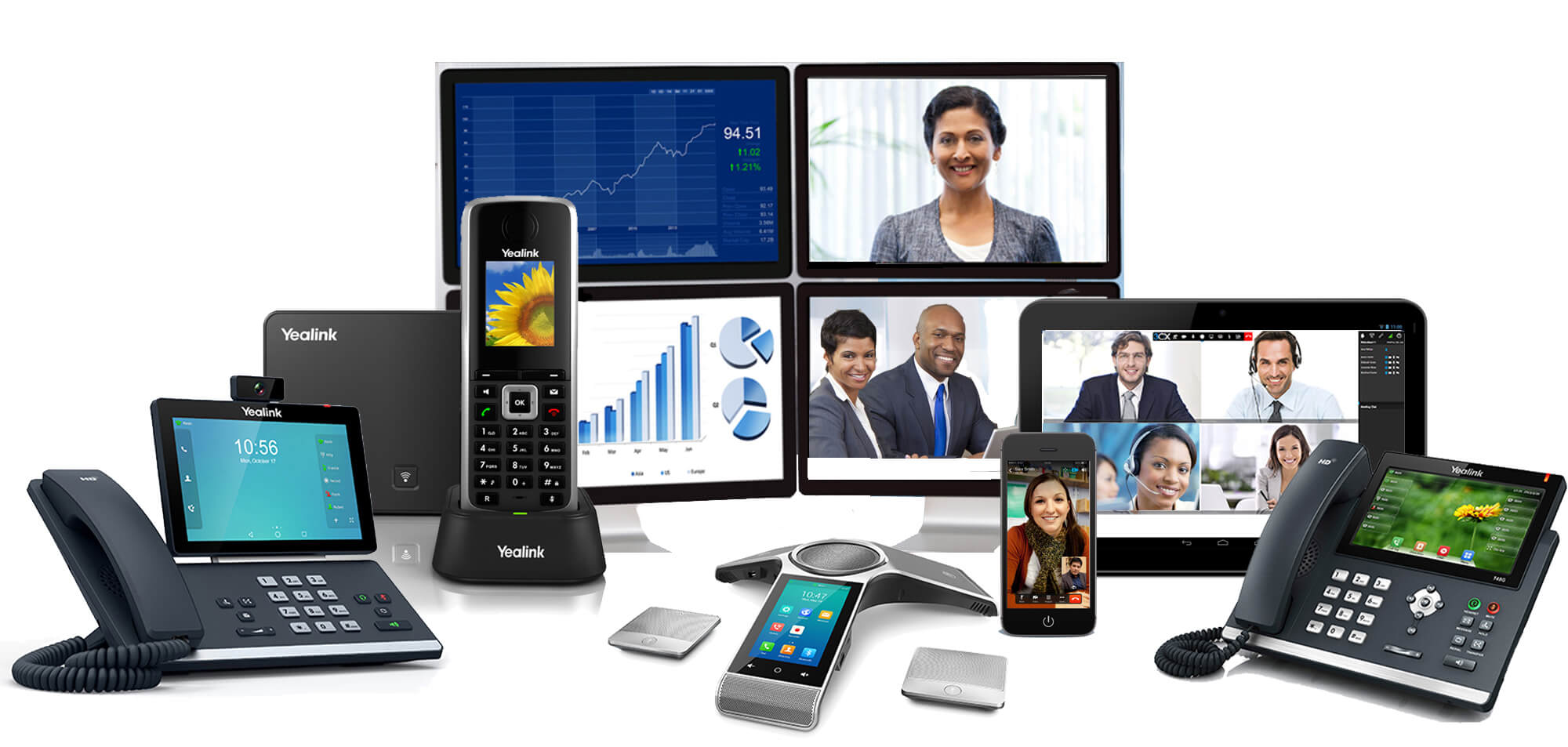How to Use a Unified Communication System to Stay Connected
The hybrid work model that emerged during the pandemic has become a permanent fixture in the workforce landscape. Many organizations analyzed the...

 While employees at some companies have been working remotely for years, only about 5% of all workers are doing so completely from home. The number of employees who work remotely at least some of the time is approximately 43% according to a Gallup poll. With the fear of Coronavirus (COVID-19) expanding daily, working from home could become a reality for some businesses as companies try to contain the spread. If your business was required to have staff work from home for a period of time, would you be prepared and able to do so?
While employees at some companies have been working remotely for years, only about 5% of all workers are doing so completely from home. The number of employees who work remotely at least some of the time is approximately 43% according to a Gallup poll. With the fear of Coronavirus (COVID-19) expanding daily, working from home could become a reality for some businesses as companies try to contain the spread. If your business was required to have staff work from home for a period of time, would you be prepared and able to do so?
There are a host of tools you may already have in place to handle a remote workforce. Here are some of our recommendations for tech tools that will help remote staff work more efficiently.
So whether you've been wanting to implement a remote work environment or are preparing for the possible Coronavirus fallout, there are a lot of tools available to help create a seamless virtual office for employees. Our Managed IT Services group can help you put together a plan that is both efficient and cost-effective.

The hybrid work model that emerged during the pandemic has become a permanent fixture in the workforce landscape. Many organizations analyzed the...

With the Coronavirus (COVID-19) pushing more and more businesses to get employees working from home, the need for reliable and effective IT support...

With a mobile workforce, many businesses are moving more systems to the cloud. Many companies have moved to a cloud solution for their telephone...